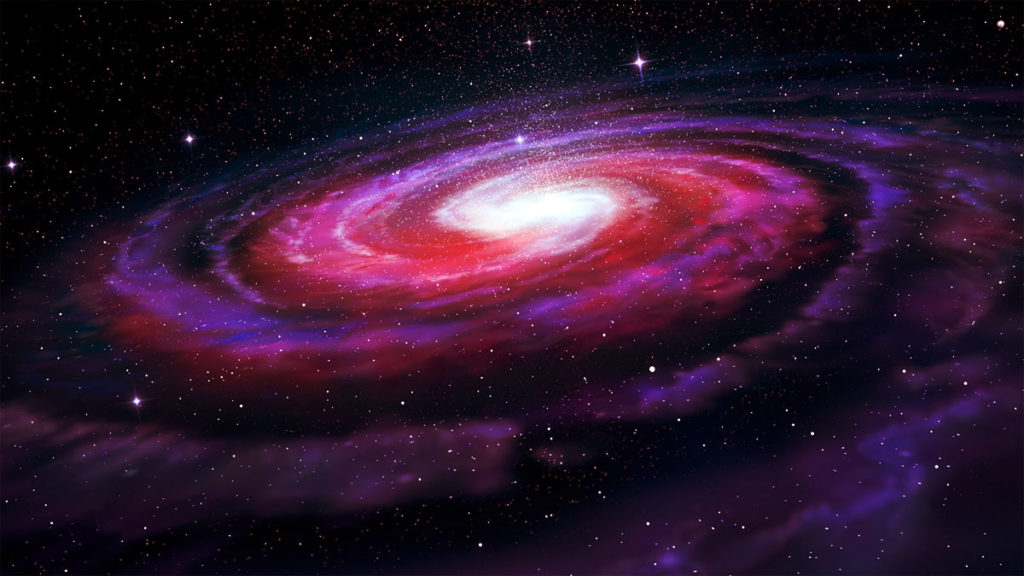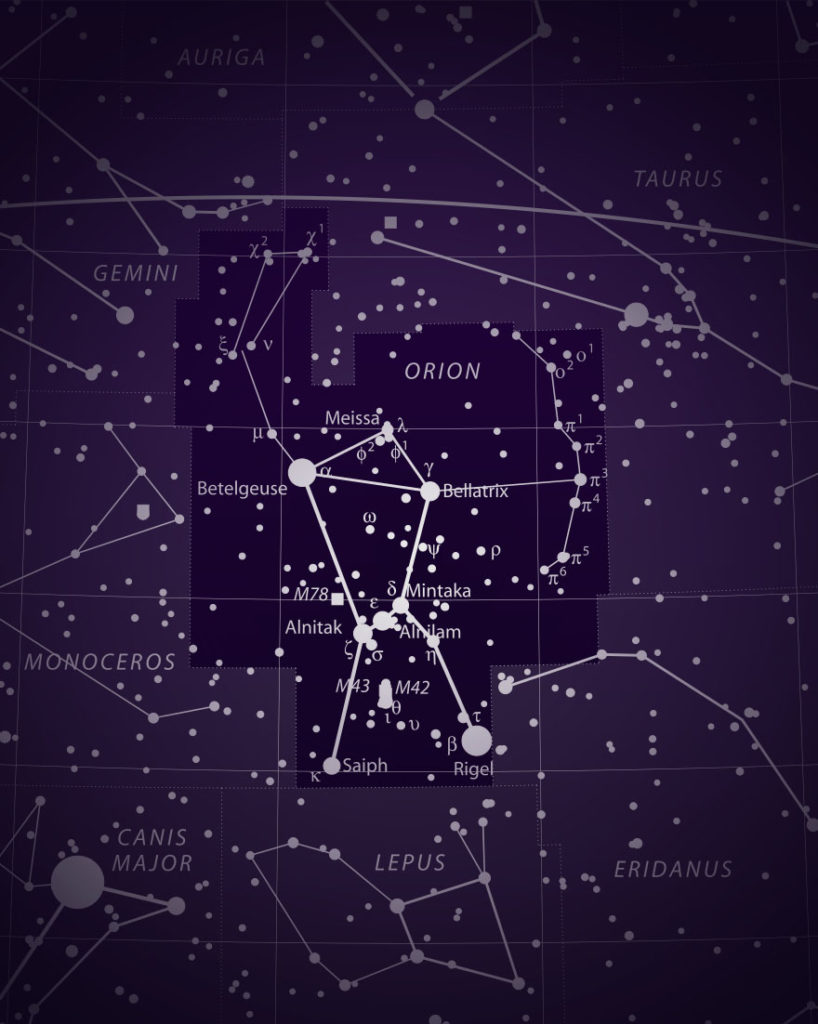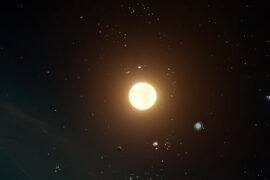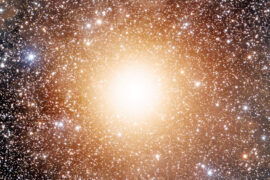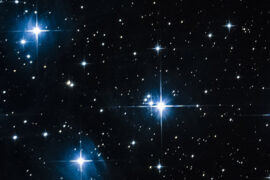Short answer: yes. All the stars in the Orion constellation and Orion’s belt are located in our own galaxy, the Milky Way. The Milky Way is more than 100,000 light-years long, while the farthest star in Orion is only 4020 light-years away from Earth.
In fact, all the visible stars that we can see in the sky at night are in the Milky Way, from those we can see at night with the naked eye to those seen using giant observatories and orbital telescopes like the Hubble.
We still do not have the necessary optical technology to capture individual stars outside our own galaxy. The only objects that we can see from Earth outside the Milky Way are other galaxies, which, to be fair, contain millions of stars, but we can’t see really them individually, only as a group.
Are all the stars in Orion at the same distance from Earth?
No. Even though constellations look like well-formed groups to us on Earth, every star in the sky is located at a different distance from each other. The only reason they appear to be at a similar distance from Earth is that they have similar levels of brightness, but that is due to their respective size. A huge star located 1,000 light-years away will appear to have a similar brightness than a medium-sized star that is “only” 500 light-years away from Earth.
How far away are the stars in the Orion constellation
To give you a better idea of this effect, here’s the list of the distance to each of the main stars in the Orion constellation.
Orion is formed primarily of 7 main stars that draw the core of its shape. Some interpretations use up to 22 stars to draw a clearer shape representing the hunter, and up to more than 86 cataloged stars in total have been found inside its area.
The brightness of a star as seen from Earth is called apparent magnitude and is given in an inverse logarithmic scale. In an easy-to-understand way: the lesser the magnitude, the brighter an object appears to us.
The following table lists all the stars in Orion that are visible with the naked eye in a normal city setting under clear sky conditions.
In rural areas, or areas with low light pollution, the eye can see stars with a magnitude around 6 or 7.
| Star | Designation | Magnitude (brightness) | Distance (in light years) |
|---|---|---|---|
| Rigel | Beta Orionis | 0.18 | 773 |
| Betelgeuse | Alpha Orionis | 0.42 | 643 |
| Bellatrix | Gamma Orionis | 1.64 | 243 |
| Alnilam | Epsilon Orionis | 1.69 | 1342 |
| Alnitak | Zeta Orionis | 1.88 | 817 |
| Saiph | Kappa Orionis | 2.07 | 721 |
| Mintaka | Delta Orionis | 2.2 | 916 |
| Iota Orionis | Iota Orionis | 2.75 | 1325 |
| π3 Ori | π3 Ori | 3.19 | 26 |
| Eta Orionis | Eta Orionis | 3.35 | 901 |
| Meissa A | Lambda Orionis | 3.47 | 1055 |
| Tau Orionis | Tau Orionis | 3.59 | 554 |
| π4 Ori | π4 Ori | 3.68 | 1259 |
| Alnitak B | Zeta Orionis | 3.7 | 817 |
| π5 Ori | π5 Ori | 3.71 | 1342 |
| Sigma Orionis | Sigma Orionis | 3.77 | 1148 |
| Omicron2 Orionis | Omicron2 Orionis | 4.06 | 119 |
| Phi2 Orionis | Phi2 Orionis | 4.06 | 116 |
| Mu Orionis | Mu Orionis | 4.12 | 152 |
The closest star to Earth in the Orion constellation has the designation GJ 3379. It is located “only” 17 light-years away from Earth and has a magnitude of 11.31, making it only visible using a medium-sized telescope. It is located in the top left corner of Orion to the South East of the star Betelgeuse.
On the other hand, the farthest star to Earth in Orion is RS Ori, located 4020 light-years away. It has an apparent magnitude of 8.42 and there’s not much information known about it beyond that.
To learn more about the Orion constellation, check out this article.


